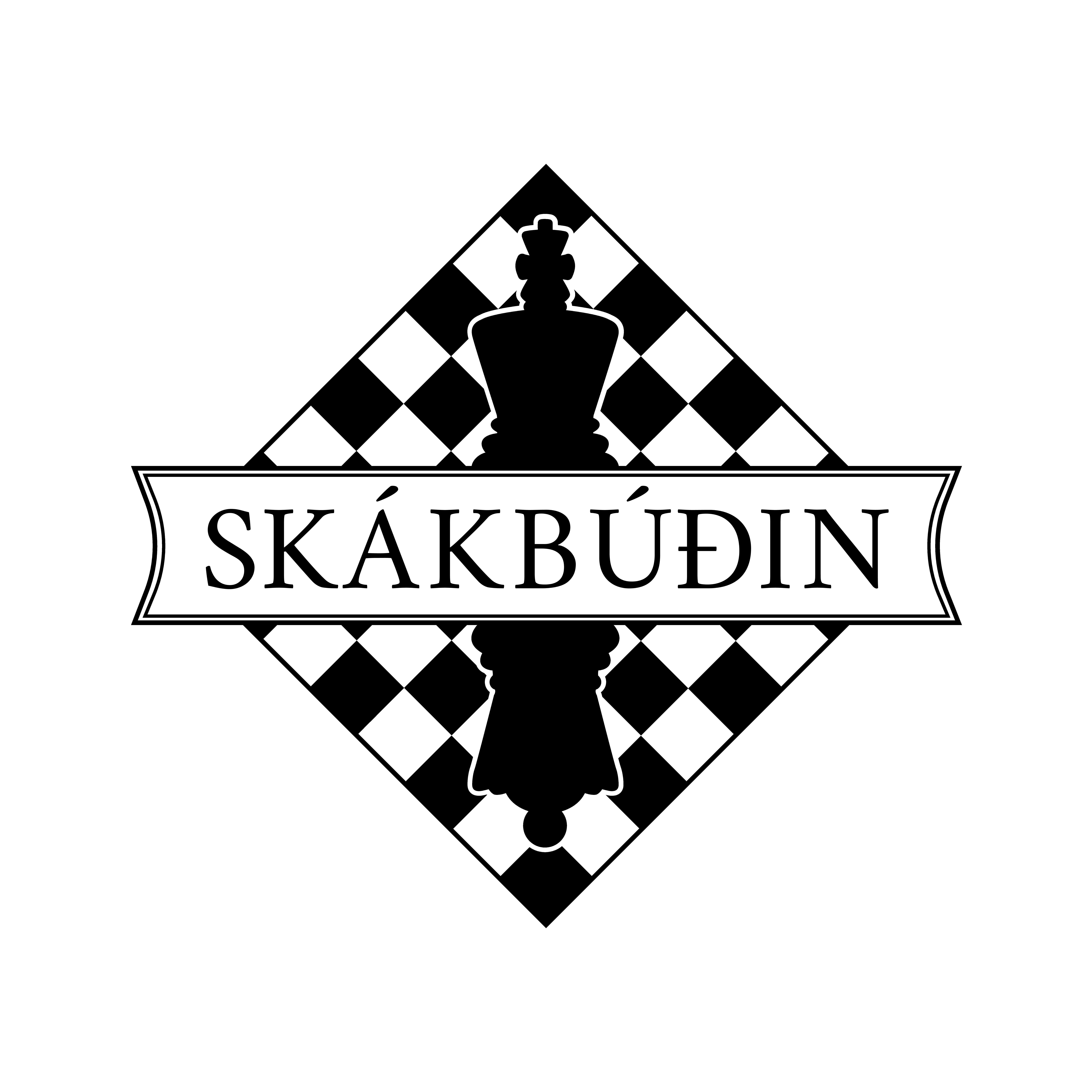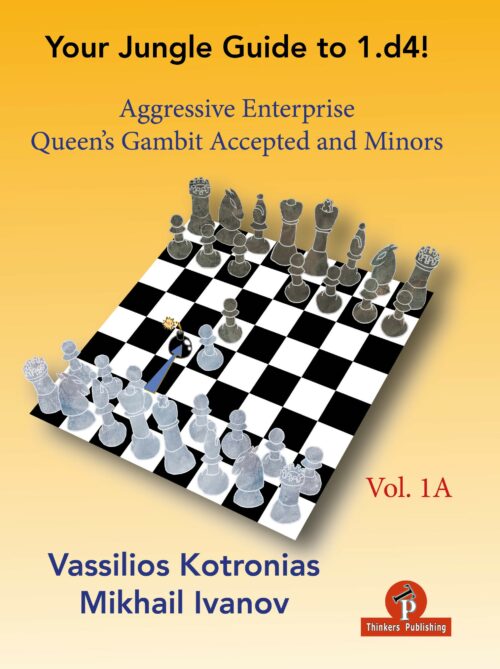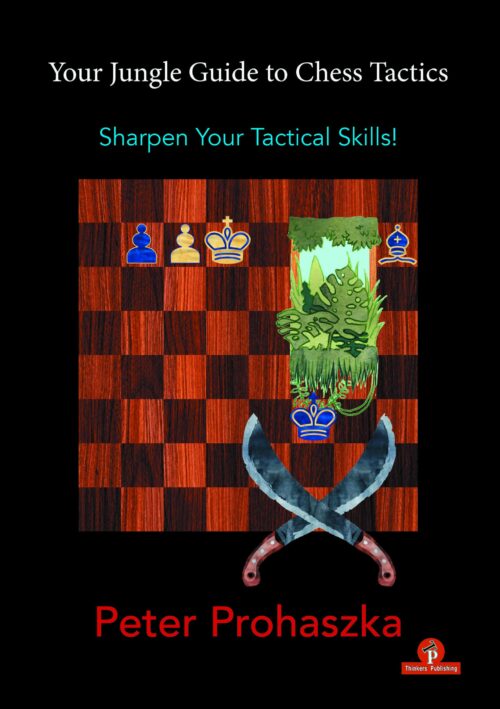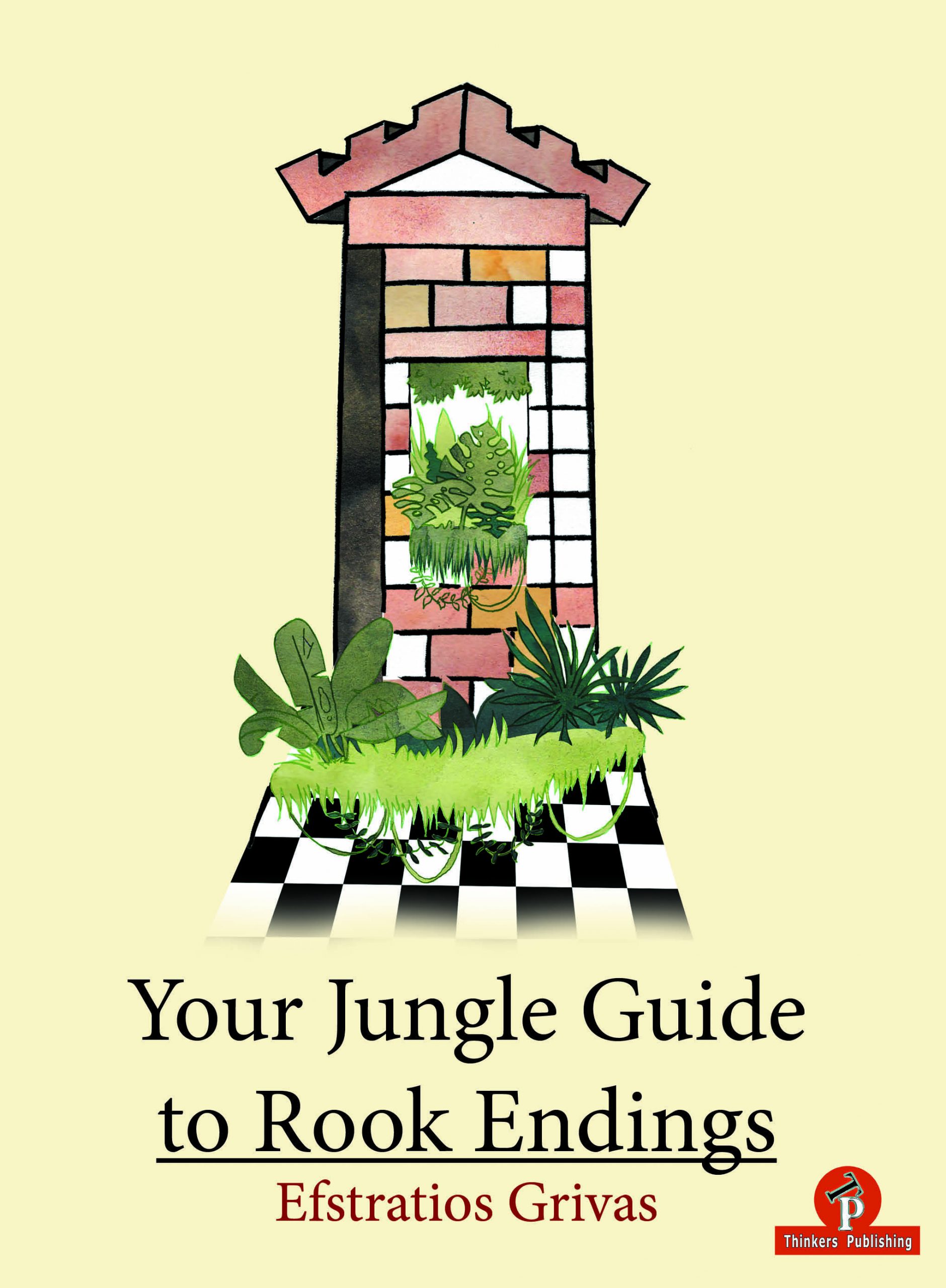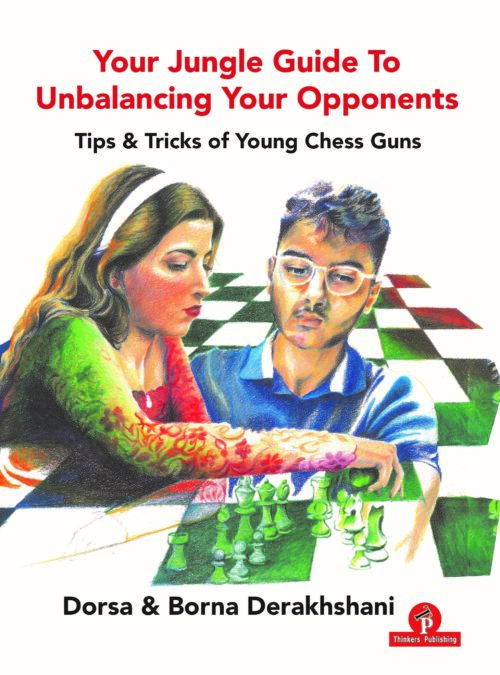-
Á útsölu!Grandmasters Kotronias and Ivanov are renowned as leading theoreticians and chess trainers. They offer a unique and world-class repertoire based on 1.d4! They advocate an ambitious approach for White, with the aim to fight for an advantage in any position. This is their first joint effort; they tackle the ever-popular Queen’s Gambit Accepted and their sidelines in Volume 1A and 1B. We at Thinkers believe their job could not have been done any better.
-
Á útsölu!There are two parts to this book. The first 17 chapters elaborate on the most important motifs in practical chess. The remaining 8 chapters showcase the art of attack and defense. Certain motifs feel like they belong together and the order of the chapters in which they are discussed reflects that. All 25 chapters of this book begin with an introduction which is always designed to clearly illustrate the motif or theme at hand. Most but not all of the games here are classics. All the introductions are followed by training puzzles in order to reinforce pattern recognition and learning for what has been discussed beforehand.
-
Á útsölu!“The endgame is the moment of truth. It is the phase of the game where we will try to reap the seeds of our effort regardless of whether that is the full point of victory or the half point of the draw. The significance of errors increases in the endgame as the opportunities for correcting them are few.” ~ Efstratios Grivas
